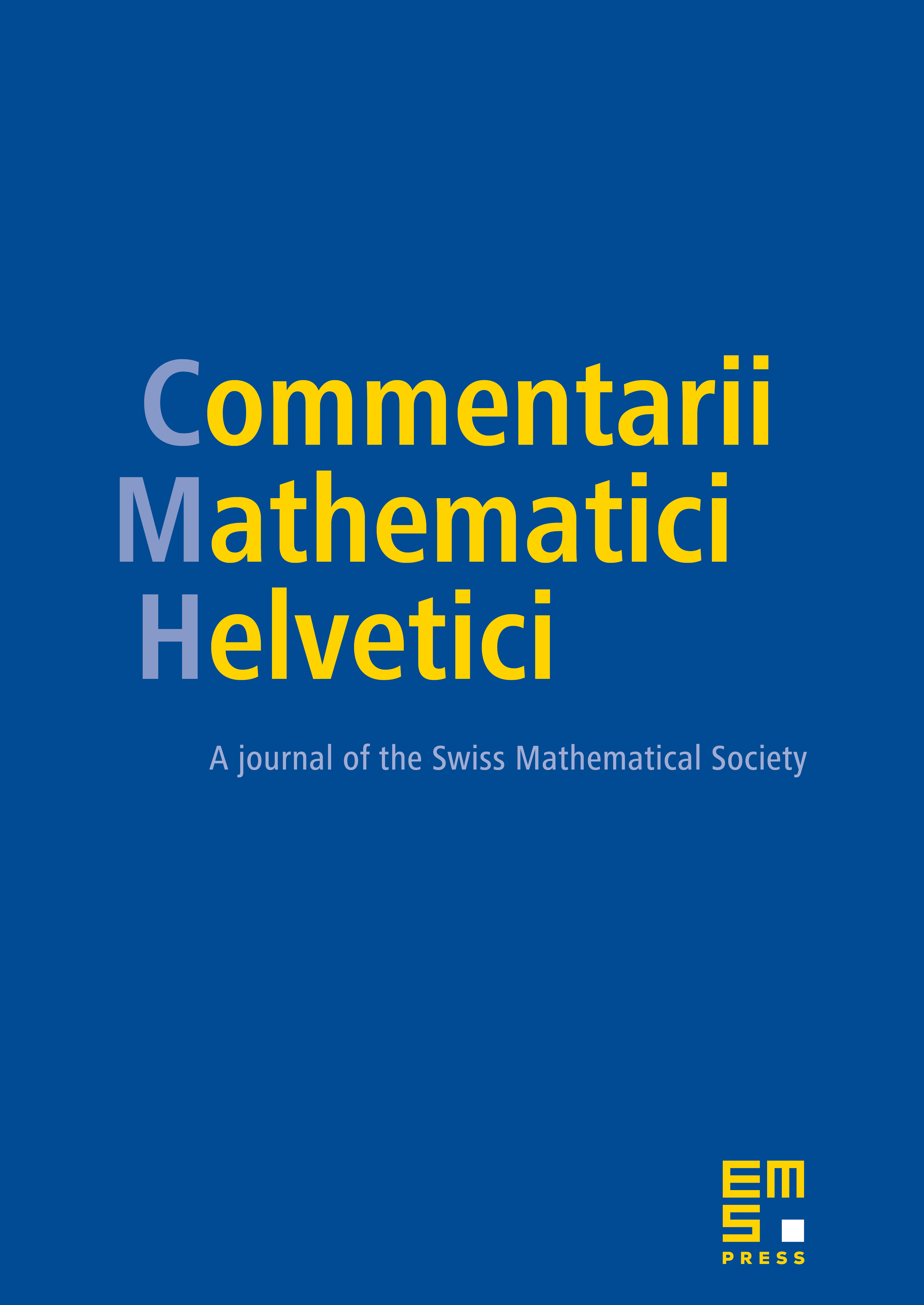EZ-structures and topological applications
F. Thomas Farrell
S.U.N.Y. Binghamton, USAJean-François Lafont
S.U.N.Y. Binghamton, USA

Abstract
In this paper, we introduce the notion of an EZ-structure on a group, an equivariant version of the Z-structures introduced by Bestvina [4]. Examples of groups having an EZ-structure include (1) torsion free -hyperbolic groups, and (2) torsion free -groups.
Our first theorem shows that any group having an EZ-structure has an action by homeomorphisms on some , where is sufficiently large, and is a closed subset of . The action has the property that it is proper and cocompact on , and that if is compact, that tends to zero as . We call this property .
Our second theorem uses techniques of Farrell–Hsiang [8] to show that the Novikov conjecture holds for any torsion-free discrete group satisfying condition (giving a new proof that torsion-free -hyperbolic and groups satisfy the Novikov conjecture).
Our third theorem gives another application of our main result. We show how, in the case of a torsion-free -hyperbolic group , we can obtain a lower bound for the homotopy groups , where is the stable topological pseudo-isotopy functor.
Cite this article
F. Thomas Farrell, Jean-François Lafont, EZ-structures and topological applications. Comment. Math. Helv. 80 (2005), no. 1, pp. 103–121
DOI 10.4171/CMH/7